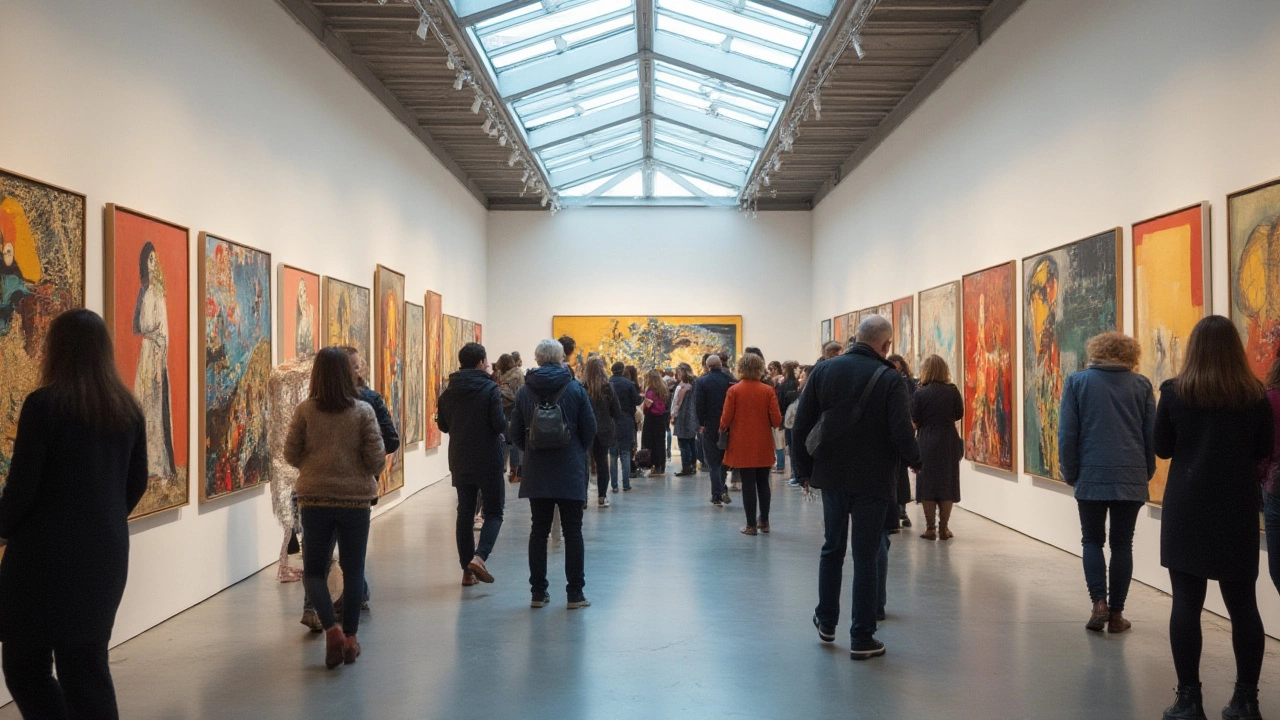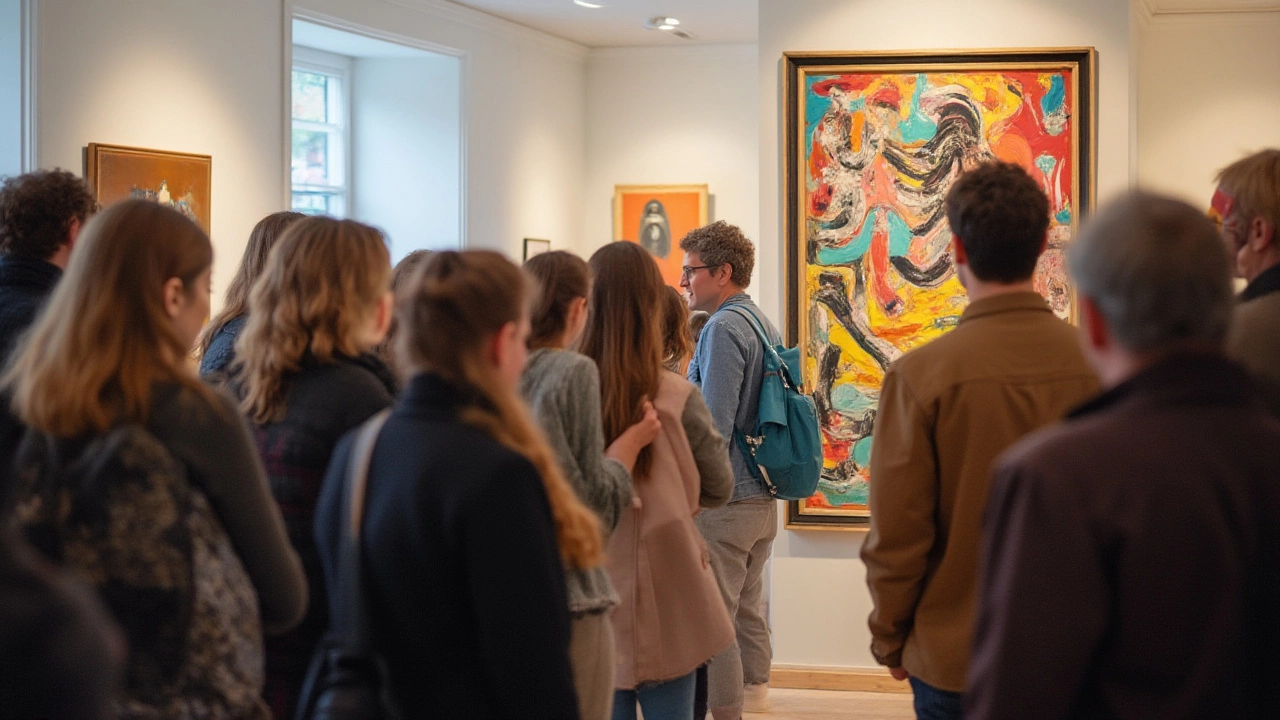Art Movements Explained – What Every Creative Should Know
Ever wonder why a painting feels calm, chaotic, or totally fresh? It’s usually the art movement behind it. Knowing the major movements helps you read a piece fast and gives you ideas for your own work. Below you’ll find a quick tour of the biggest styles, plus real‑world tips you can use today.
Classic Foundations: From Renaissance to Impressionism
The Renaissance kicked off the idea of realistic human figures and perspective. Artists like Leonardo used careful shading to make subjects look three‑dimensional. Fast‑forward a few centuries and you hit Impressionism – think Monet’s soft, light‑filled scenes. The goal here was to capture a moment’s feeling, not every tiny detail. If you’re painting a landscape, try loosening your brushwork and using quick, broken color patches – that’s the Impressionist trick.
Modern Shifts: Abstract, Cubism, and Beyond
When the 20th century rolled in, artists broke the rules. Abstract art tossed away recognizable objects and focused on color, shape, and emotion. You can start an abstract piece by picking a mood, then laying down large color blocks without worrying about forms. Cubism, led by Picasso, sliced objects into geometric parts. To experiment, draw a simple apple, then redraw it from a few angles on the same canvas – you’ll see how Cubism plays with perspective.
Later movements like Pop Art brought everyday items into galleries. Think bright, bold prints of soup cans or comic books. If you want a Pop vibe, use high‑contrast colors and repeat a simple image several times. Street art and digital art kept pushing the envelope, mixing technology with traditional techniques. Grab a tablet, layer a spray‑paint texture, and add a hand‑drawn sketch on top for a hybrid look.
Each movement isn’t just a style; it’s a reaction to the world at that time. Modern art often challenges what we expect – that’s why some people find it confusing. Knowing the story behind a movement helps you explain why a piece looks the way it does, and it can guide your own creative choices.
On our blog you’ll find practical posts that dive deeper into specific topics. Want to fix a mistake in an oil painting? Check out "How to Fix Mistakes in Oil Painting: Wet, Tacky, and Dry Layer Repairs." Curious about why abstract art feels powerful? Read "What Does Abstract Art Really Mean?" For a quick look at today’s cutting‑edge styles, see "Most Modern Art Styles: Exploring the Leading Edge of Contemporary Creativity." These articles give step‑by‑step tips you can try right away.
Bottom line: art movements are like shortcuts to understanding a piece’s language. Spot the hallmarks – loose brushstrokes for Impressionism, flat color fields for Abstract, repeated icons for Pop – and you’ll instantly get what the artist is saying. Use those clues in your own projects to add depth without overthinking.
Ready to experiment? Pick one movement, set a timer for 20 minutes, and create a mini‑work using its key tricks. You’ll see how each style opens a new way to see the world, and you’ll build a toolbox you can pull from for any future project.

24 Jul 2025
Discover the real differences between modern and contemporary art, with clear examples, history, surprising facts, and tips to spot each style easily.
Continue reading...

21 Jul 2025
Find out exactly how modern art and contemporary art differ, with real examples and advice on reading the art scene. Simple, straight talk—no confusing art speak.
Continue reading...

